Plan Your Trip to Slovenia
Explore one of Europe’s most diverse and nature-rich countries, from mountains to sea, cities to caves.
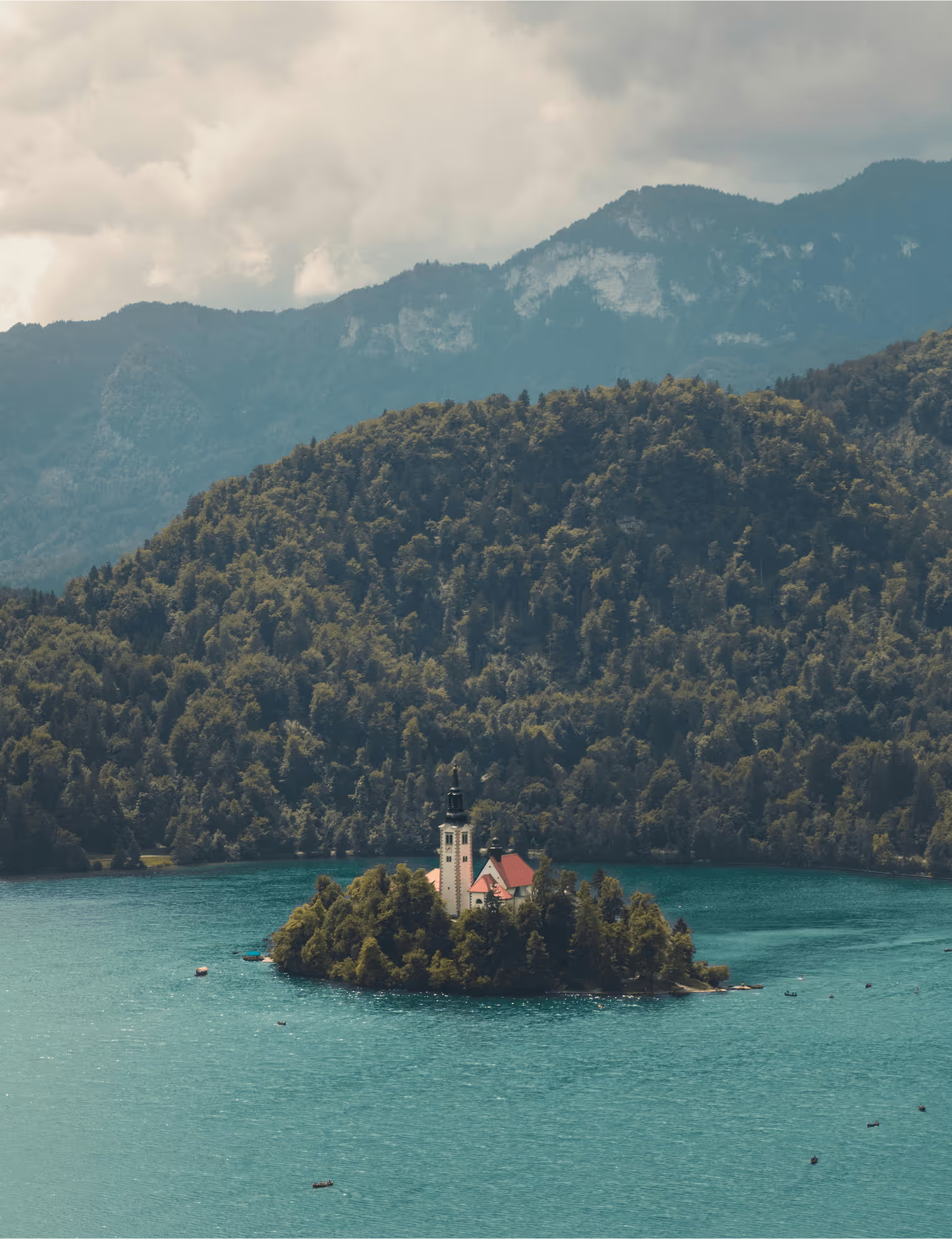
Why Slovenia Should Be Your Next Destination
Slovenia is one of the greenest and most water-rich countries in Europe. Whether you’re an outdoor adventurer, wine lover, or cultural explorer, Slovenia offers world-class experiences, all within easy reach.
When to Go:
Seasons in Slovenia
While Slovenia is a year-round destination, the best time to visit is from May to September for hiking, water adventures, and cultural events, or in late September to October if you prefer mild weather, golden landscapes, and fewer tourists.
March - May
Fresh and colorful, great for hiking and exploring nature in peace.
June - August
Warm and sunny, ideal for outdoor adventures, lake swimming, and city festivals.
September - November
Wrapped in golden colors, perfect for wine lovers and scenic road trips.
December - February
A snowy wonderland, with top ski resorts and magical Christmas markets.

Bestemmingen in Slovenië
Ontdek de zes unieke regio’s in Slovenië, elk met hun eigen landschap, cultuur en verborgen parels. Klik hieronder op de kaart om te ontdekken wat elke regio te bieden heeft.
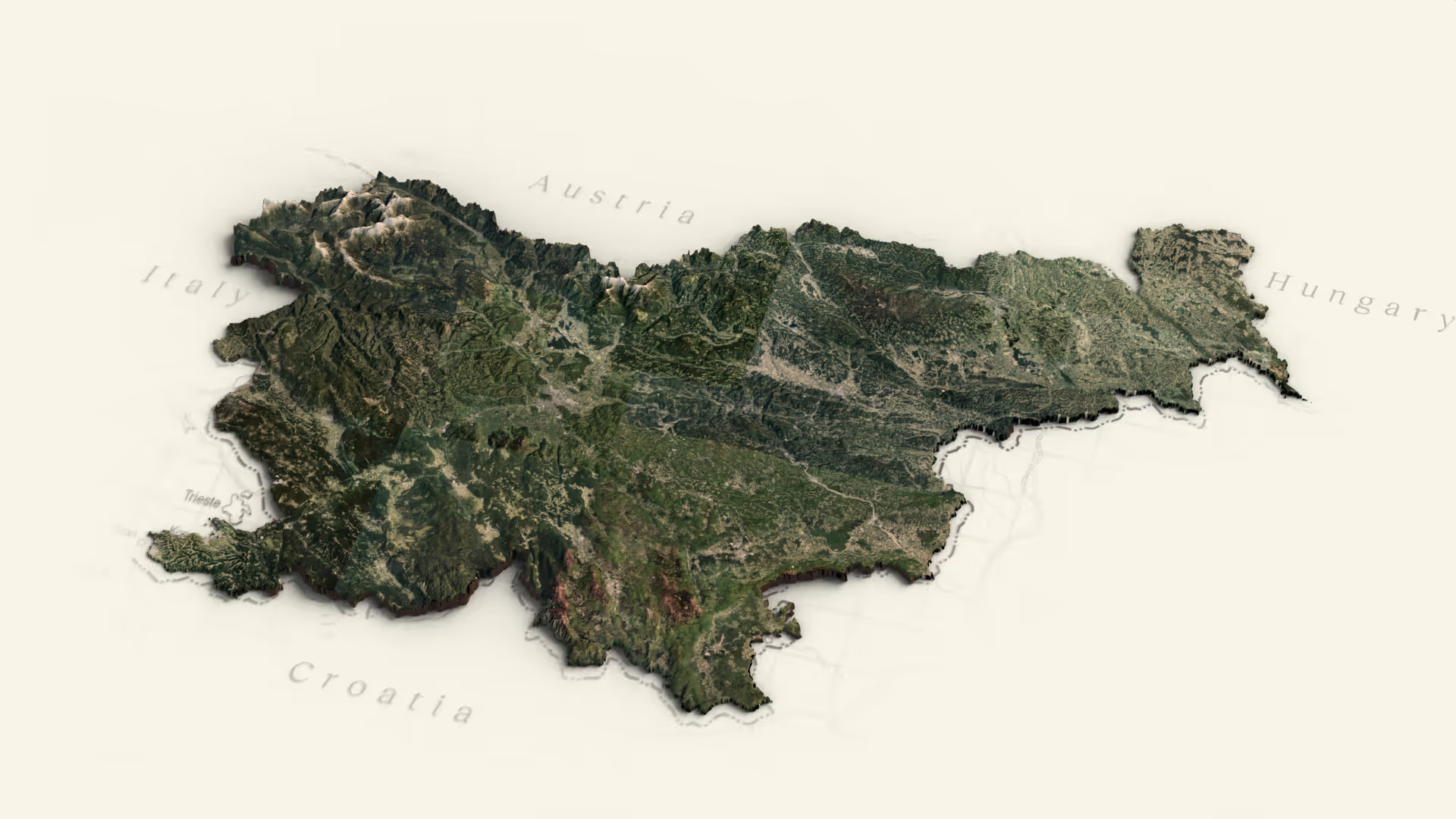
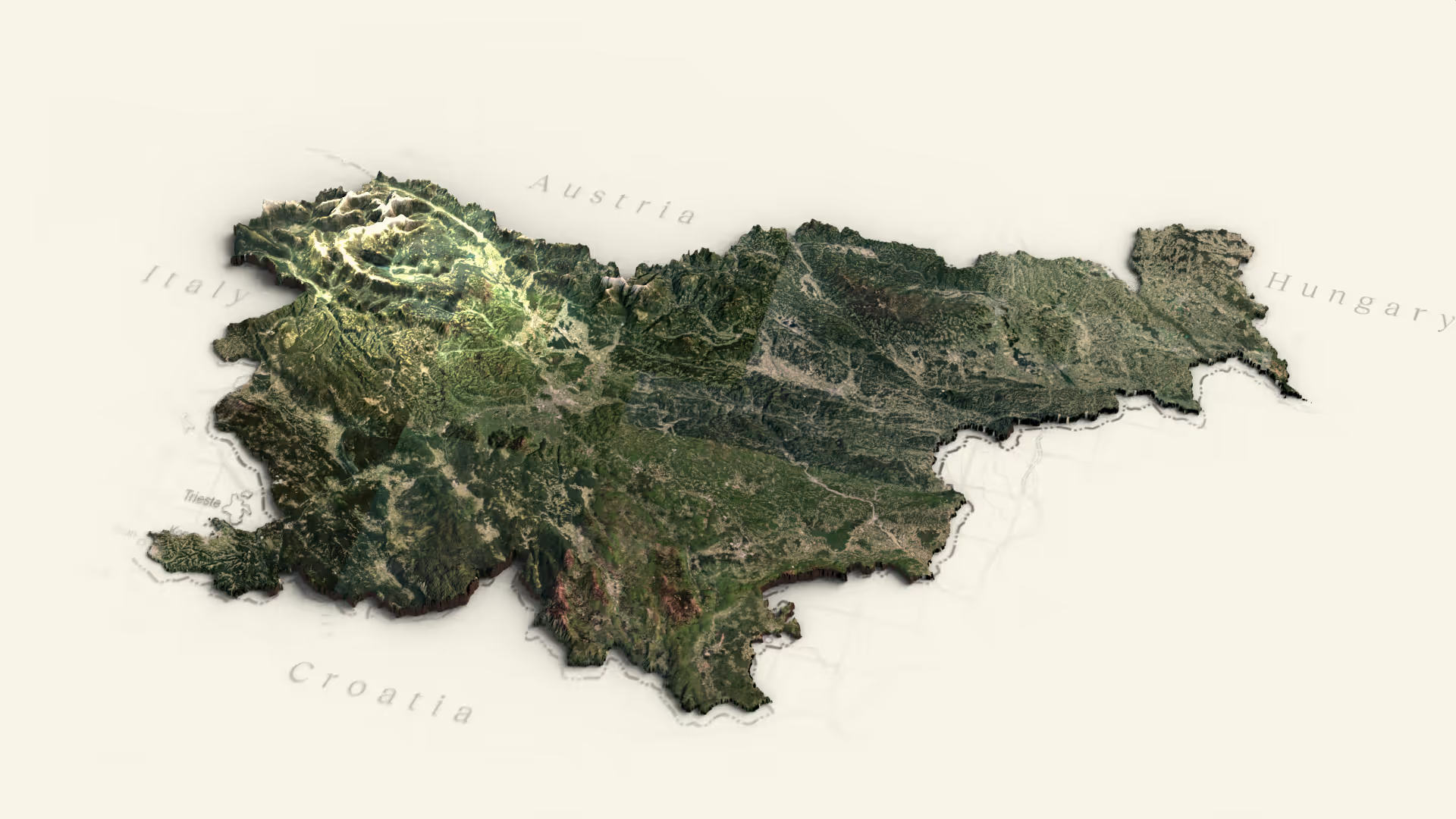
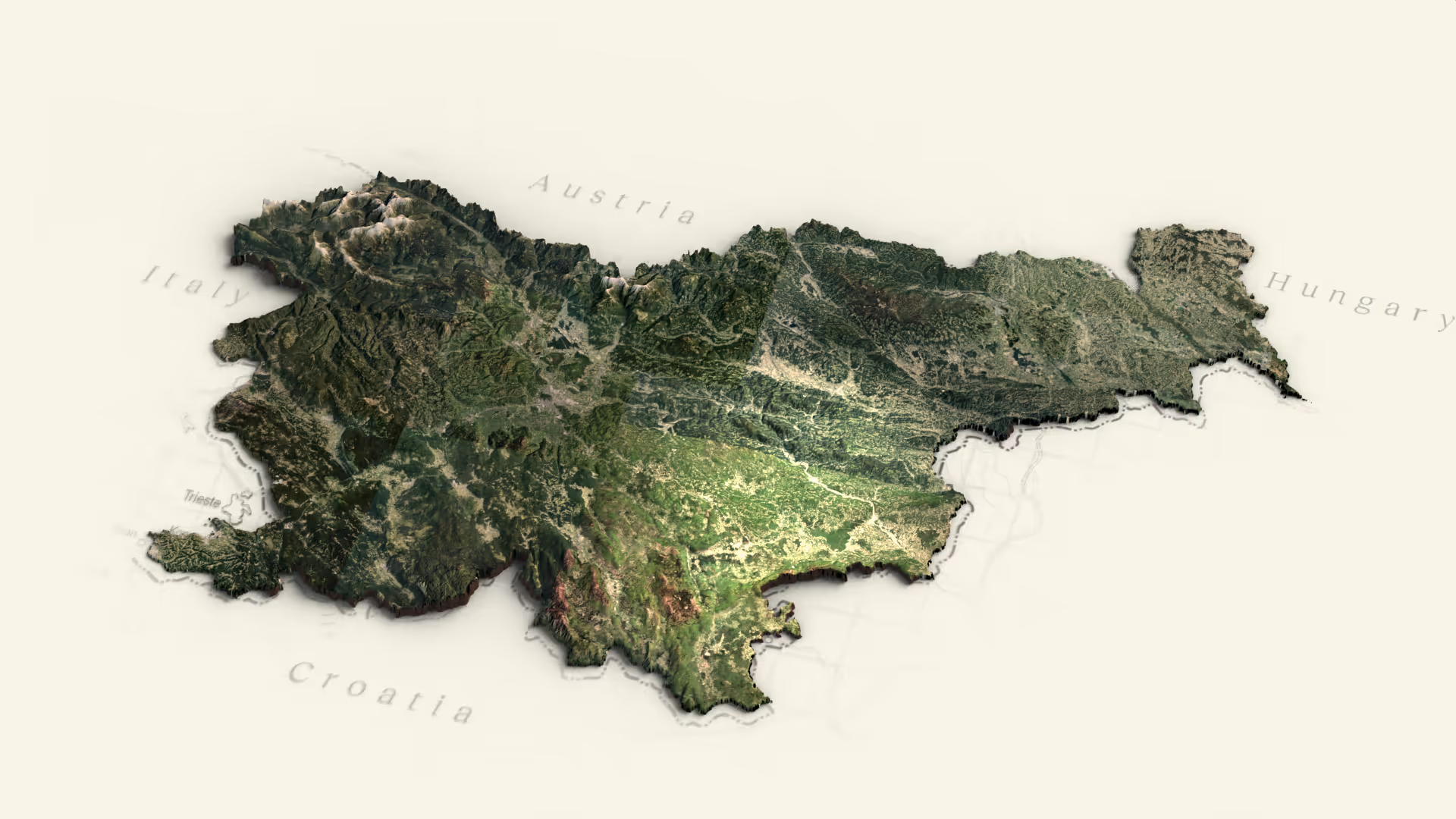
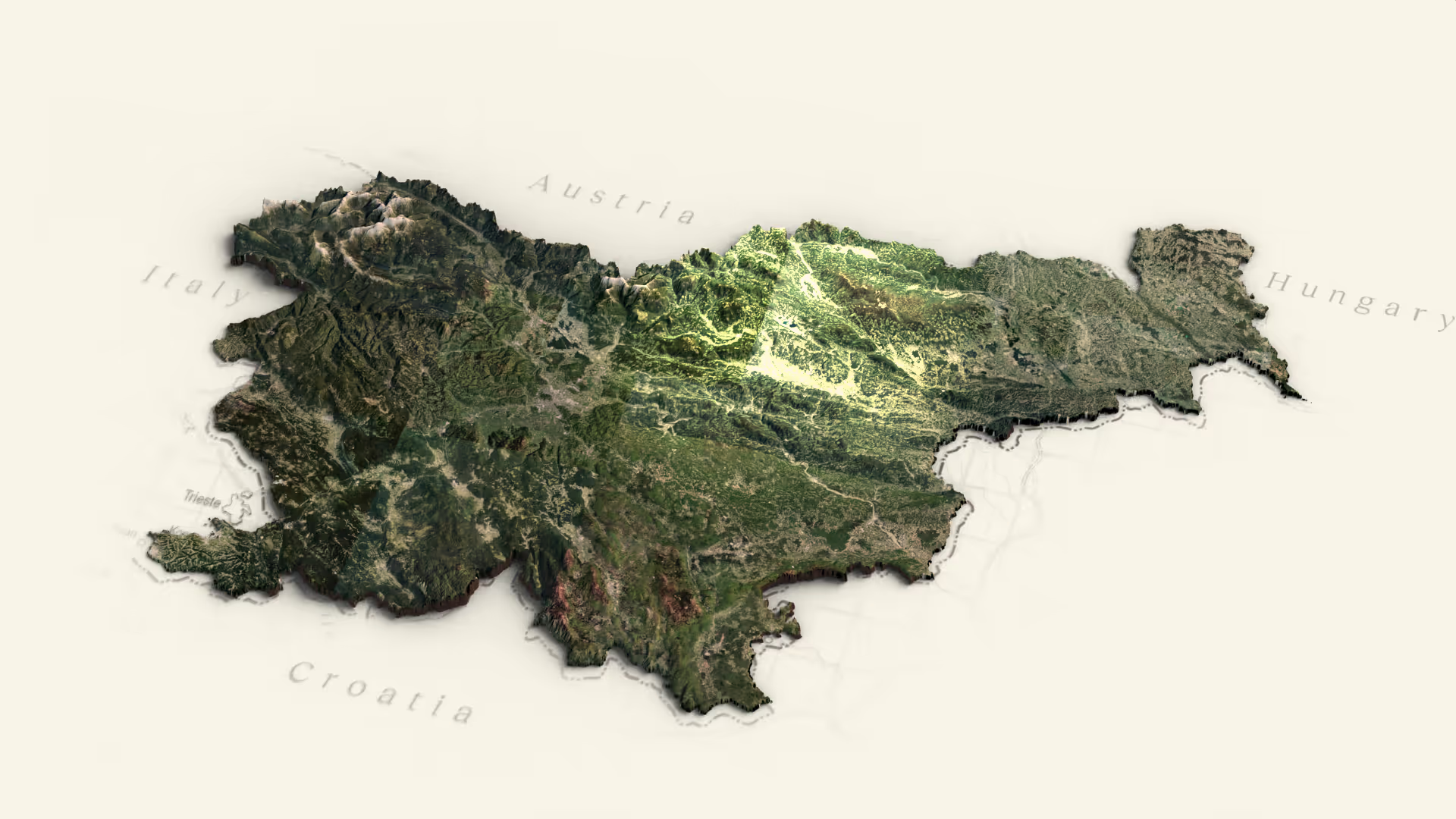
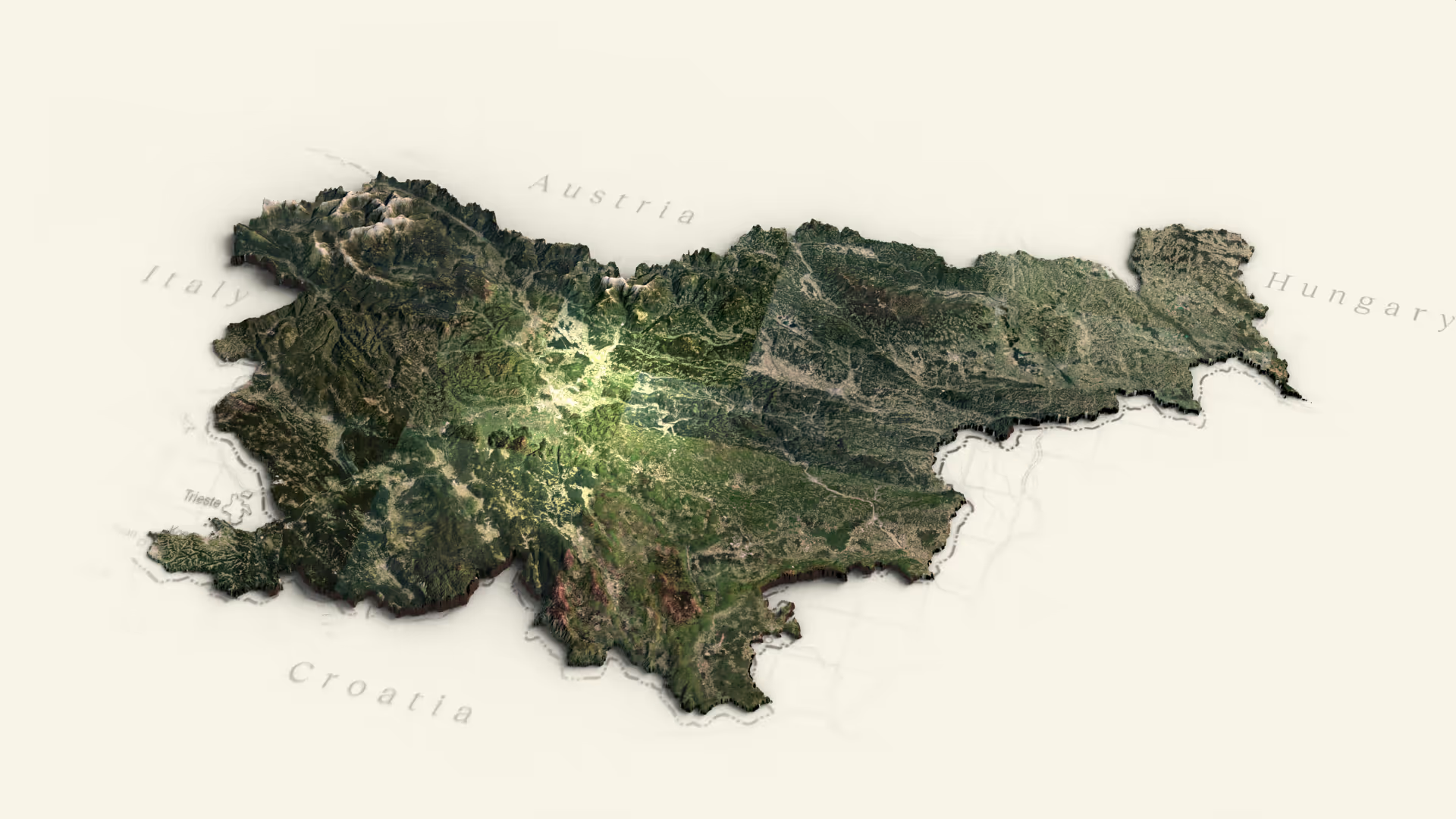

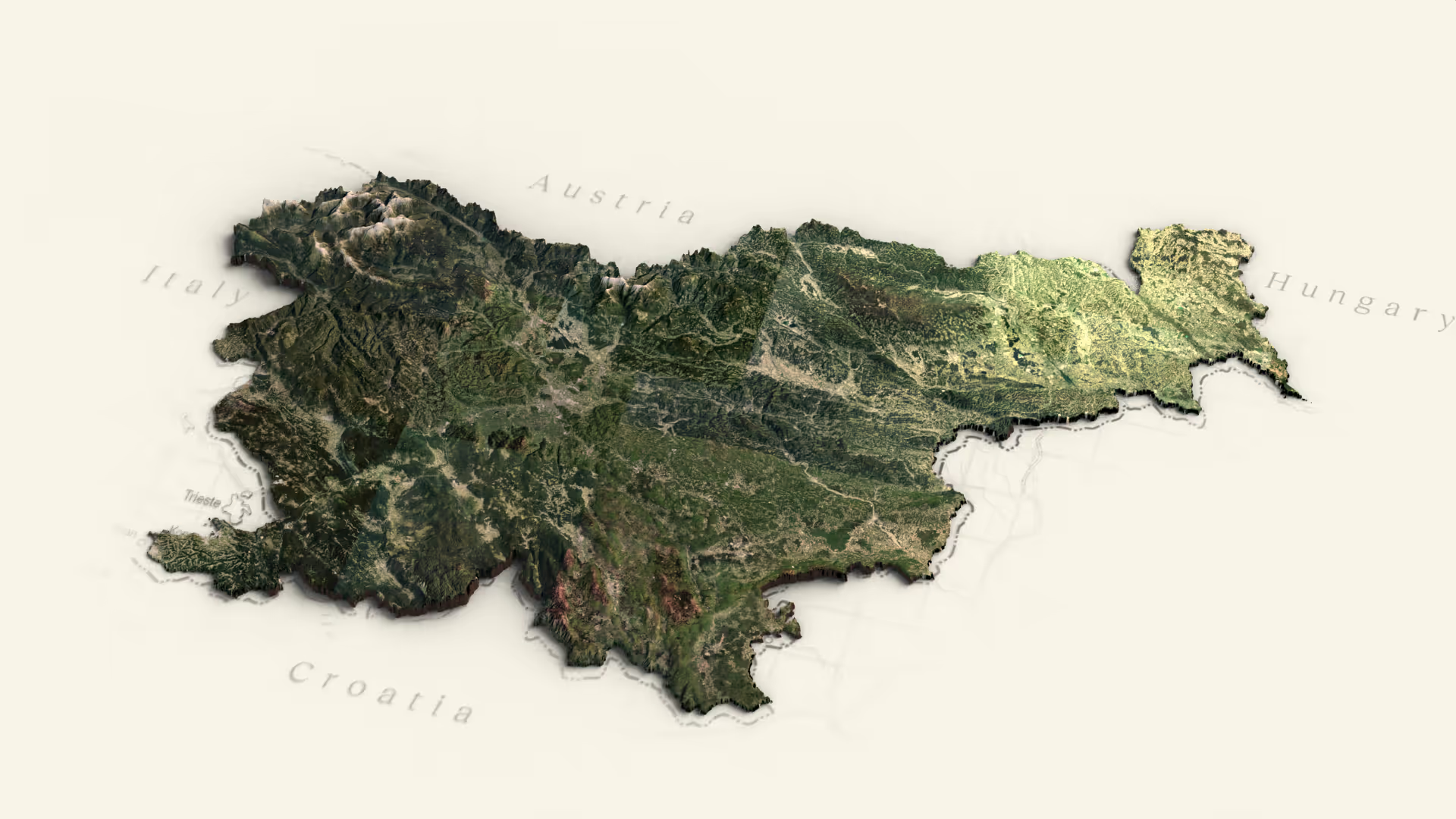
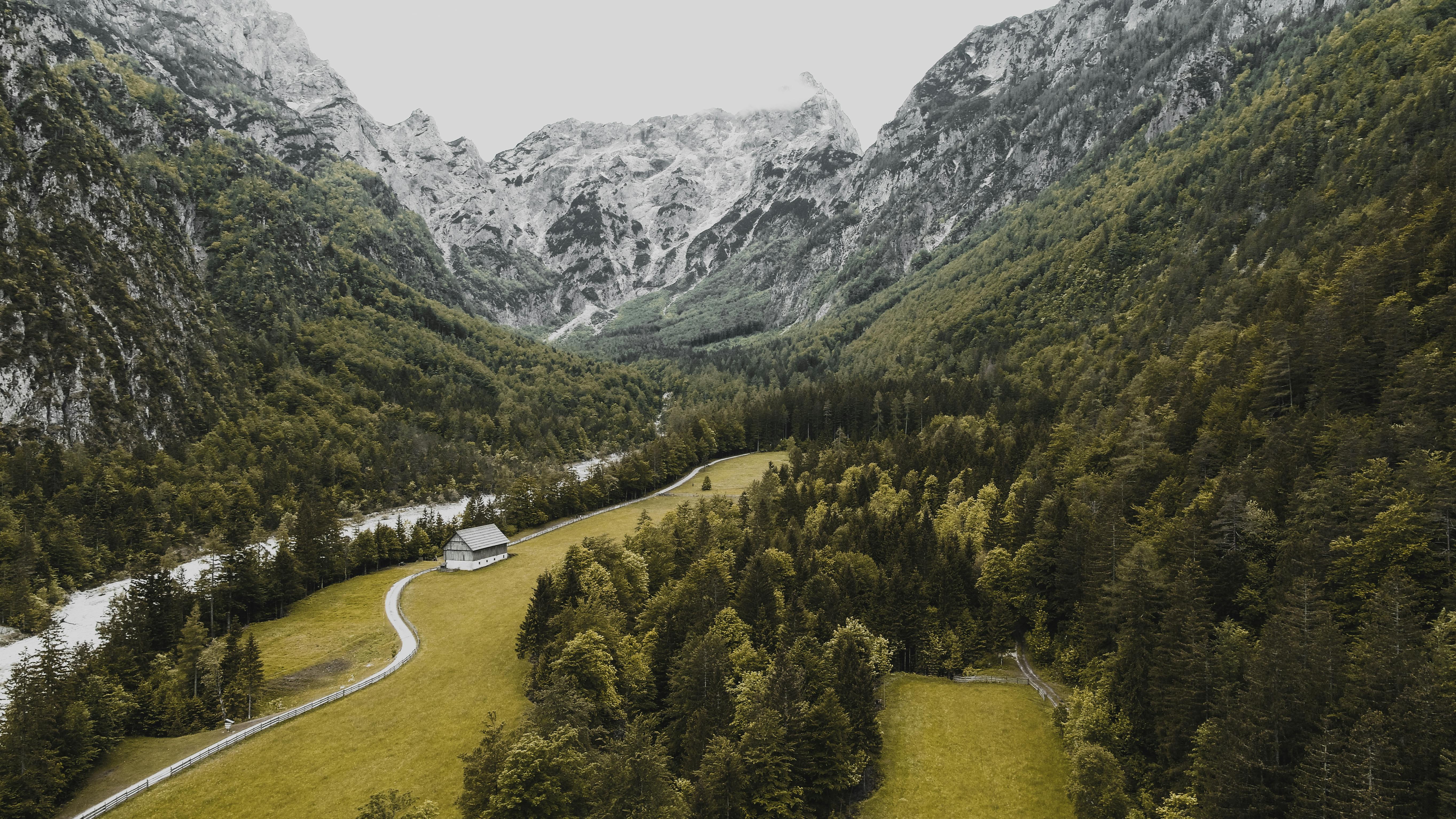
Slovenia boasts the beautiful world of the Alps and the foothills of the Alps.

Not exactly in the center, but still central between the coast and the eastern regions, and the Julian Alps and Croatia, lie the Green Karst, the Idrija and Cerkno Valleys, and the capital, Ljubljana.

A bit of Tuscany, a bit of Southern France, yet still authentically Slovenian. The western part of Slovenia is not defined by mountains and green meadows but by vineyards, karst landscapes, and coastline.
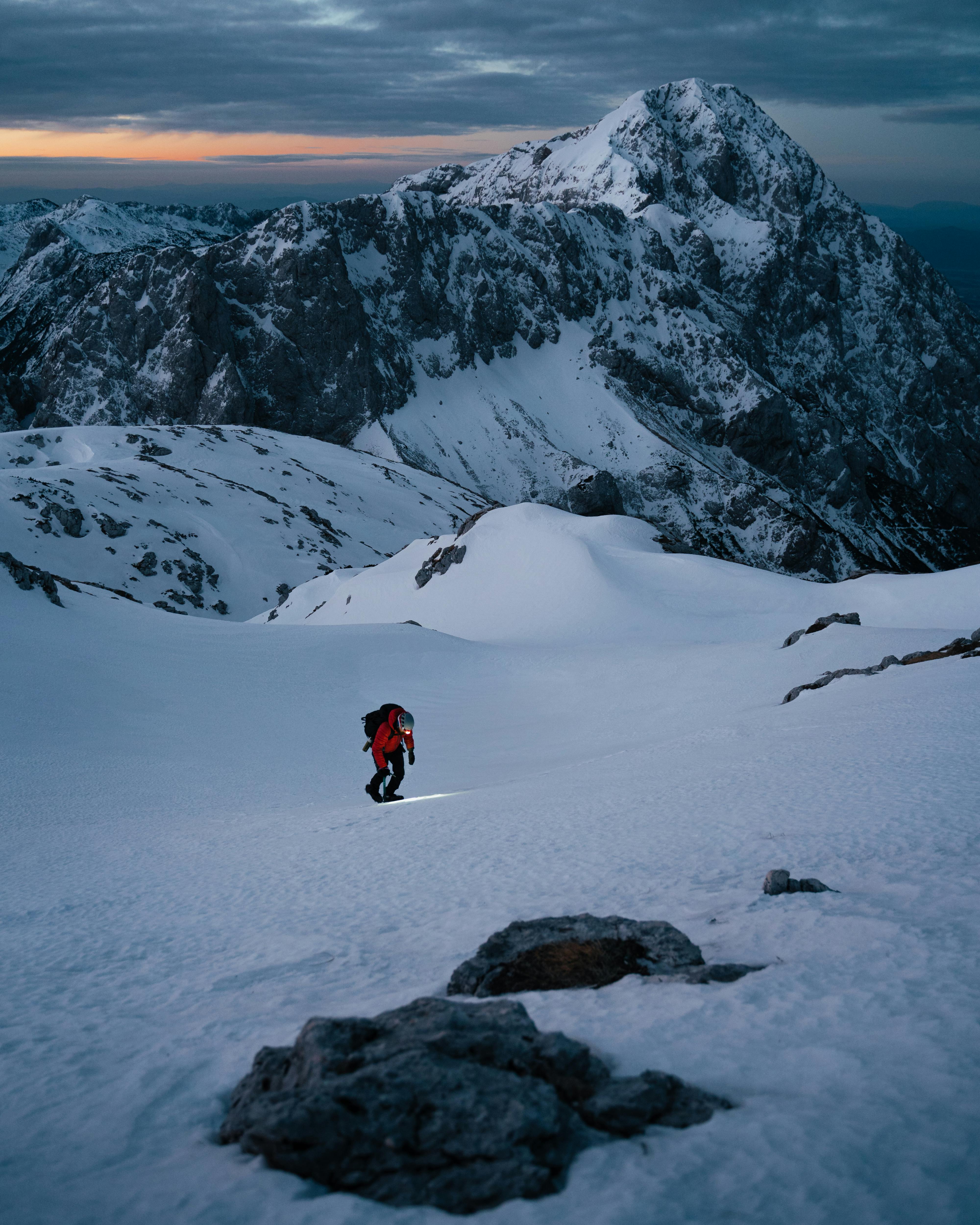
Slovenia boasts the beautiful world of the Alps and the foothills of the Alps. The Julian Alps, the Karavanke Alps, the Kamnik-Savinja Alps and the Pohorje Hills are the highest regions in Slovenia.
The southeastern part of Slovenia is an undiscovered paradise, characterized by green hills and low mountains covered in forests and meadows, with vineyards and villages scattered throughout.

Where the mountains stop, Slovenia doesn’t end. To the east, Slovenia becomes flatter.

Slovenia boasts the beautiful world of the Alps and the foothills of the Alps. The Julian Alps, the Karavanke Alps, the Kamnik-Savinja Alps and the Pohorje Hills are the highest regions in Slovenia.

A bit of Tuscany, a bit of Southern France, yet still authentically Slovenian. The western part of Slovenia is not defined by mountains and green meadows but by vineyards, karst landscapes, and coastline.

Not exactly in the center, but still central between the coast and the eastern regions, and the Julian Alps and Croatia, lie the Green Karst, the Idrija and Cerkno Valleys, and the capital, Ljubljana.

Slovenia boasts the beautiful world of the Alps and the foothills of the Alps.

The southeastern part of Slovenia is an undiscovered paradise, characterized by green hills and low mountains covered in forests and meadows, with vineyards and villages scattered throughout.

Where the mountains stop, Slovenia doesn’t end. To the east, Slovenia becomes flatter.
Travel Like
a Local
Local guides, hosts, and locals revealing hidden gems, traditional dishes, and unique customs you won’t find in guidebooks.
Practical Info
Slovenia is part of the European Union and uses the euro (€) as its official currency. Credit and debit cards are widely accepted, though it’s good to carry some cash in rural areas. The country is considered one of the safest destinations in Europe, with low crime rates and excellent infrastructure. In case of emergencies, you can dial 112 for general emergency services and 113 for the police.
.avif)
.avif)
Good to Know
Slovenia has excellent mobile coverage and free public Wi-Fi in many towns and cities. EU citizens can use their regular data plan thanks to EU roaming regulations. Tap water is safe to drink everywhere, and English is widely spoken, especially in tourist areas. Don’t forget to pack a valid ID or passport, and if you’re driving, an international driver’s license and a vignette (toll sticker) are required for highways.
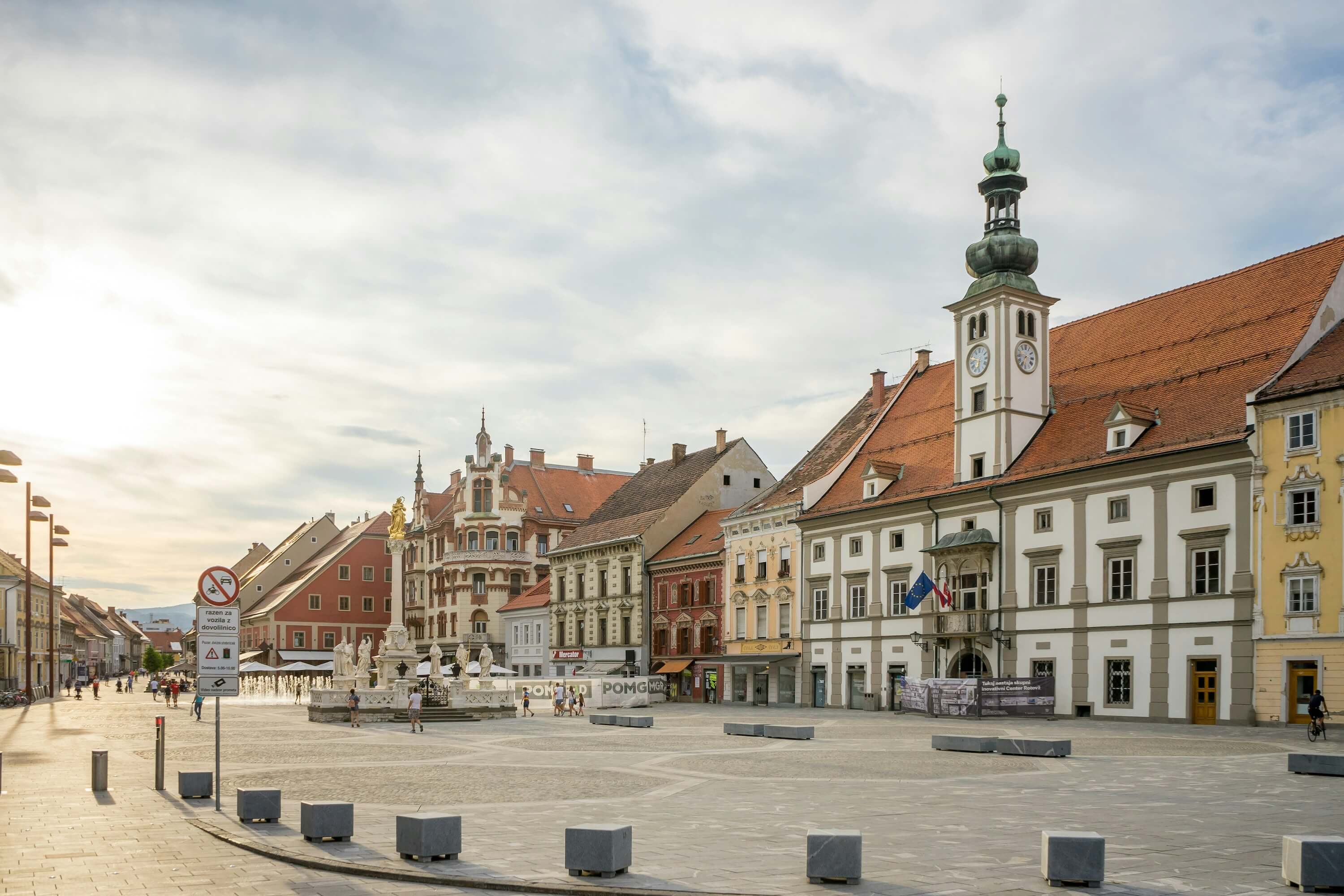
.avif)
.avif)
.avif)
